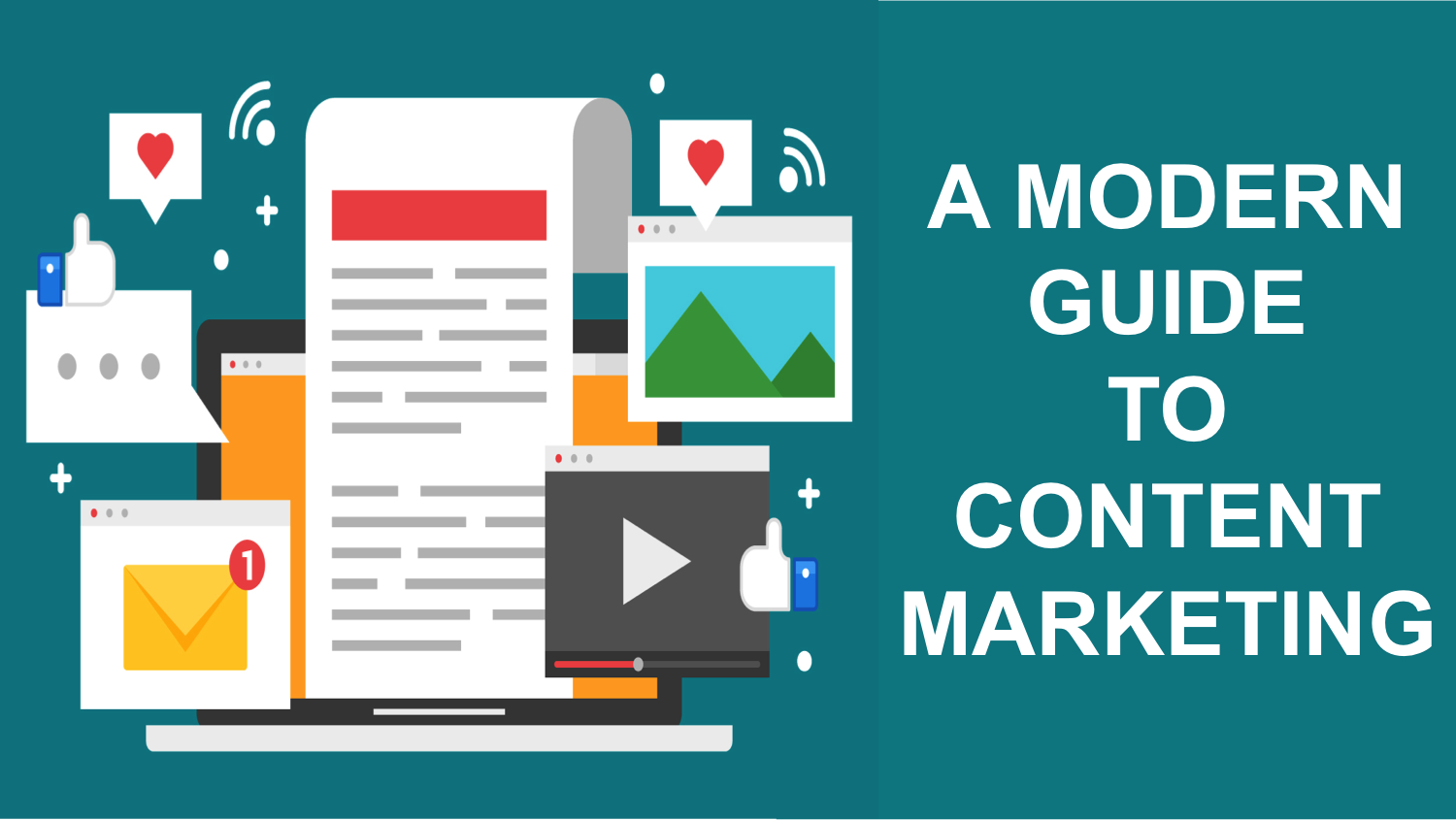1. Start with a Clear Plan
Define Your Goals: Before diving into the design process, it’s crucial to have a clear understanding of your website’s goals. Are you aiming to sell products, provide information, or generate leads? Knowing your objectives will guide your design decisions and ensure that your website serves its intended purpose.
Create a Sitemap: A sitemap is a visual representation of the structure of your website. It outlines the pages you need and how they will be organized. Creating a sitemap helps you plan the navigation and user flow, ensuring that visitors can easily find what they’re looking for.
Wireframing: Wireframes are basic blueprints of your web pages, illustrating the layout and placement of elements such as headers, content areas, and navigation menus. Wireframing allows you to focus on the structure and functionality of your site without getting distracted by design details.
2. Prioritize User Experience (UX)
Intuitive Navigation: Navigation is one of the most critical aspects of web design. Ensure that your site’s navigation is simple, intuitive, and consistent across all pages. Use clear labels and organize your content logically to help users find information quickly and easily.
Responsive Design: With the increasing use of mobile devices, having a responsive design is no longer optional. Your website should look and function well on all screen sizes, from desktops to smartphones. Use flexible grids, scalable images, and CSS media queries to create a responsive design.
Fast Loading Times: Website speed is crucial for user experience and SEO. Optimize your site’s performance by compressing images, leveraging browser caching, and minimizing HTTP requests. Fast loading times keep visitors engaged and reduce bounce rates.
Accessibility: Make your website accessible to all users, including those with disabilities. Use proper HTML tags, provide alternative text for images, and ensure that your site is navigable via keyboard. Accessibility not only improves UX but also broadens your audience.
3. Focus on Visual Hierarchy
Design for Scanning: Most users scan web pages rather than reading them word for word. Design your content to be easily scannable by using headings, subheadings, bullet points, and short paragraphs. Highlight important information with bold or contrasting colors.
Use of White Space: White space, or negative space, is the empty area between elements on a page. It helps to create a clean, uncluttered design, making it easier for users to focus on the content. Proper use of white space enhances readability and overall user experience.
Consistent Visual Style: Maintain a consistent visual style across your website. Use the same fonts, colors, and design elements to create a cohesive look. Consistency reinforces your brand identity and makes your site appear more professional.
4. Optimize for SEO
Keyword Research: Identify relevant keywords that your target audience is likely to use when searching for your products or services. Incorporate these keywords naturally into your content, headings, and meta descriptions to improve your search engine rankings.
On-Page SEO: Optimize individual web pages by using proper HTML tags, including title tags, meta descriptions, header tags, and alt text for images. Ensure that your URLs are clean and include keywords where appropriate.
Quality Content: Content is king in SEO. Create high-quality, valuable content that addresses the needs and interests of your audience. Regularly update your content to keep it fresh and relevant, which can improve your search engine rankings.
Internal Linking: Link to other relevant pages on your website to improve navigation and help search engines understand the structure of your site. Internal linking also encourages visitors to explore more of your content, increasing their time on your site.
5. Leverage the Power of Visuals
High-Quality Images: Use high-quality images to make your website visually appealing. Professional photos, illustrations, and graphics can enhance your content and create a more engaging user experience. Avoid using generic stock photos that may detract from your brand’s uniqueness.
Video Content: Videos are a powerful tool for engaging visitors and conveying information quickly. Incorporate videos into your website to explain complex concepts, showcase products, or share customer testimonials. Ensure that your videos are optimized for fast loading times.
Interactive Elements: Interactive elements, such as sliders, carousels, and clickable tabs, can make your website more engaging. Use these elements sparingly and ensure they add value to the user experience rather than distracting from the main content.
6. Keep It Simple
Minimalist Design: Less is often more in web design. A minimalist design focuses on essential elements, reducing clutter and making it easier for users to navigate your site. Use simple, clean lines, and avoid overloading your pages with too many elements.
Clear Calls to Action (CTAs): Your CTAs should be prominent, clear, and compelling. Use action-oriented language and make sure your CTAs stand out visually. Whether it’s “Buy Now,” “Sign Up,” or “Learn More,” your CTAs should guide users towards the desired action.
Limit Fonts and Colors: Using too many fonts and colors can create a chaotic and unprofessional appearance. Stick to a limited color palette and no more than two or three fonts to maintain a clean, cohesive design.
7. Test and Iterate
User Testing: Conduct user testing to gather feedback on your website’s design and functionality. Use tools like heatmaps, session recordings, and surveys to understand how users interact with your site. Identify pain points and areas for improvement.
A/B Testing: A/B testing involves creating two versions of a web page and comparing their performance. Test different elements, such as headlines, images, and CTAs, to see which version performs better. Use the insights gained to refine your design.
Regular Updates: Web design is an ongoing process. Regularly update your website to keep it current and aligned with best practices. Monitor your site’s performance and make adjustments as needed to improve user experience and SEO.





